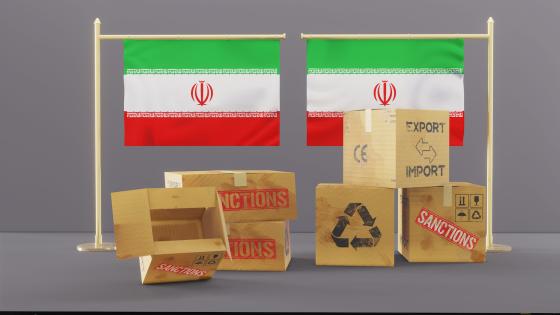DP17641 Sanctions and the Exchange Rate in Time
We test the predictions of recent theoretical studies of the impact of sanctions on the exchange rate. We build a database of exchange rates and sanctions spanning 1914-1945---an era when both large and small economies were targeted by multilateral sanction packages, facilitating comparisons with today's Russian war episode. We estimate the dynamic response of the exchange rate in a panel of sanction episodes at weekly frequency using local projections, conditioning on the type of sanctions taken. We tease out mechanisms through which sanctions affect the exchange rate by estimating their effects on macroeconomic variables plausibly acting as transmission channels. Our estimates tend to suggest that import restrictions, trade embargoes and asset freezes lead to exchange rate effects consistent with theory. The effects of sanctions are channeled through imports and assets freezing in line with theoretical predictions. These findings suggest that recent models of the effects of sanctions on the exchange rate do not just match developments in today’s specific Russia episode but have broader applicability. Exchange rate movements are therefore not an adequate metric of the success or failure of sanctions but a reflection of the type and scale of the measures taken.


